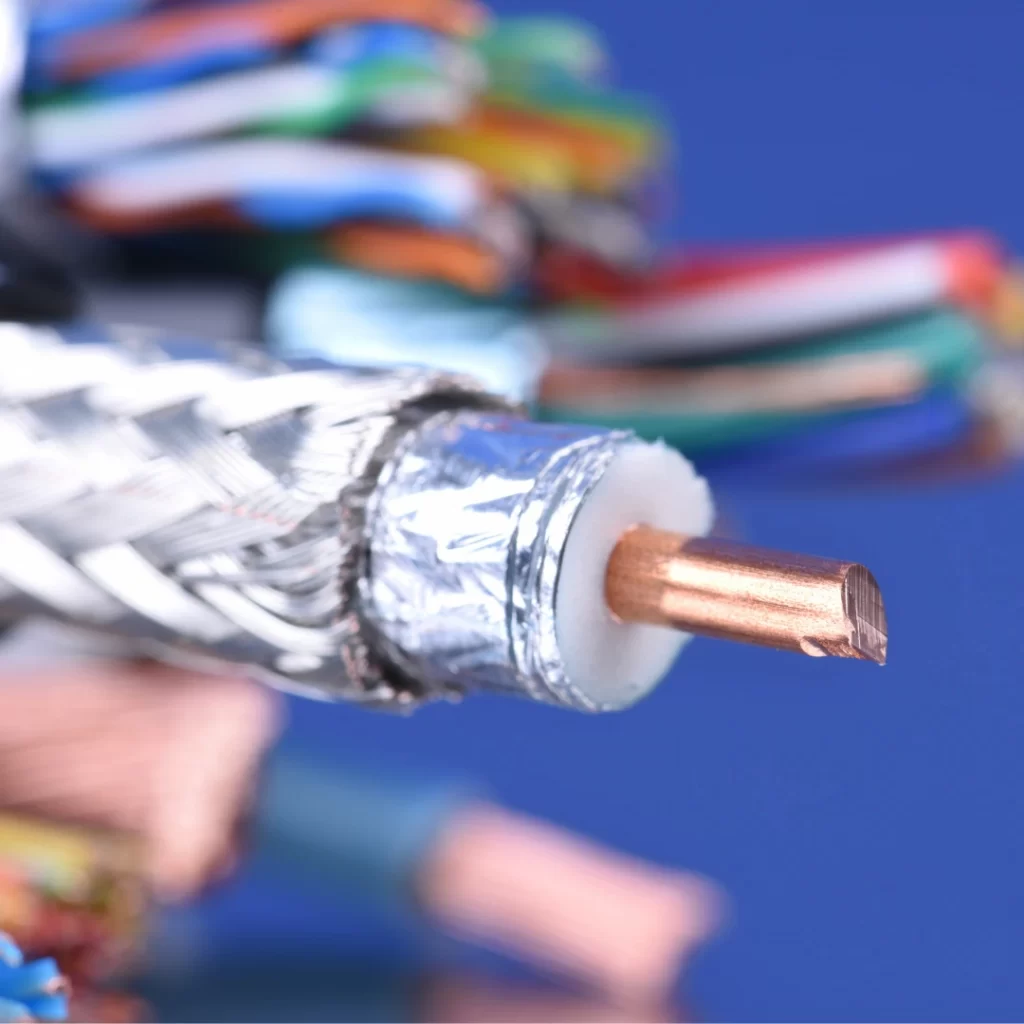
It’s no secret that the NBN has had its fair share of problems. But one of the most common issues experienced by users is dropping out of the network. So what are the reasons for these dropouts, and is there anything you can do to prevent them? Here are some tips.
NBN dropouts are a frustrating reality for many Australians who have internet connections through the National topics home wireless Broadband Network. A dropout occurs when the internet connection is lost for a period of time, typically due to an issue with the WiFi or Ethernet cable. In some cases, the problem may be resolved by simply reconnecting the cable.
However, in other cases, a more serious problem may be causing the dropouts. For example, if the NBN connection is being used to run a home-based business, dropped internet connections can result in lost sales or customers. As such, it is important to be aware of the potential causes of NBN dropouts and how to resolve them.
NBN fibre is more than just a topics landline home phone, it’s a topics NBN fibre phone that can provide you with the internet, phone, and TV services all at once. Unfortunately, due to a variety of reasons, NBN dropouts can and do occur from time to time. Here are 10 possible reasons for NBN dropouts:
If you have too many devices connected to your NBN modem/router, this can cause problems with your connection and lead to dropouts. Try disconnecting some devices and see if that helps.
Using poor quality or outdated equipment can also lead to NBN dropouts. Make sure you’re using a good quality modem/router and that it’s up-to-date.
If there are other devices in your home (such as baby monitors, microwaves, etc.) that are causing interference, this can lead to NBN dropouts. Move any interfering devices away from your modem/router.
If your NBN modem/router is not configured correctly, this can also contribute to NBN dropouts. Make sure all the settings are correct and that you’re using the right type of connection for your needs (wired or wireless).
Sometimes the problem isn’t with your equipment but with the line itself. If there are problems with the physical line between your home and the NBN network, this can cause NBN dropouts. Check with your service provider to see if there are any known line issues in your area or other topics ultra-broadband.
Extreme weather conditions (heavy rain, high winds, etc.) can sometimes interfere with the NBN signal and cause dropouts. There’s not much you can do about this one except wait for the weather to improve!
From time to time, maintenance or upgrades need to be carried out on the NBN network which can lead to short-term disruptions in service including NBN dropouts. Check with your service provider for any planned maintenance or upgrades that might affect your area.
Power outages (and sometimes even water outages) can also lead to temporary NBN dropouts while the power/water is restored to the area. Again, there’s not much you can do about this one except wait for things to get back up and running.
If there is too much traffic on the portion of the network serving your area, this can result in congestion and lead to NBN dropouts (particularly during peak times). Check with your service provider to see if they are aware of any congestion issues in your area.
The further you are away from your local node, the weaker the signal will be and the greater chance you have of experiencing dropouts. If possible, try moving closer to your local node. This one is usually only an issue for people in more rural areas. talk to your local ISP about other options.
These are just some of the possible reasons for NBN dropouts. If you’re experiencing regular or prolonged dropouts you should contact your service provider for technical assistance.
If you’ve ever had your NBN drop out, you know how frustrating it can be. Whether you’re in the middle of a work conference call or trying to stream your favorite show, a drop in service can have major consequences. Fortunately, there are a few things you can do to protect yourself from NBN dropouts.
One of the most important things you can do is to make sure your site links sales up to date. If you’re not sure how to do this, your ISP should be able to help you. You can also try other topics like Ultra Broadband or home wireless broadband for more reliable service.
Lastly, if you live in an area with bad weather, consider investing in a backup power source like a generator or UPS. By taking these precautions, you can reduce the risk of an NBN dropout and keep your home connected.
The NBN is a complex network that can sometimes be affected by factors beyond your control. If you experience an NBN dropout, there are a few things you can do to try and fix the problem. First, check that your wireless router is turned on and connected to the internet. If it is, try restarting the router. If that doesn’t work, try unplugging the power cord from the router and plugging it back in. If you’re still having trouble, try connecting your computer to the internet using an Ethernet cable.
This will rule out any potential wireless interference. If you’re still experiencing dropouts, contact your service provider for further assistance. In the meantime, there are a few things you can do to improve your situation. Try moving your wireless router to a different location. If you have multiple devices connected to the internet, disconnect some of them to reduce the strain on your connection. And finally, make sure your wireless router’s firmware is up to date. By taking these steps, you can stay online even when the NBN is experiencing issues.
This is a demo store for testing purposes — no orders shall be fulfilled. Dismiss